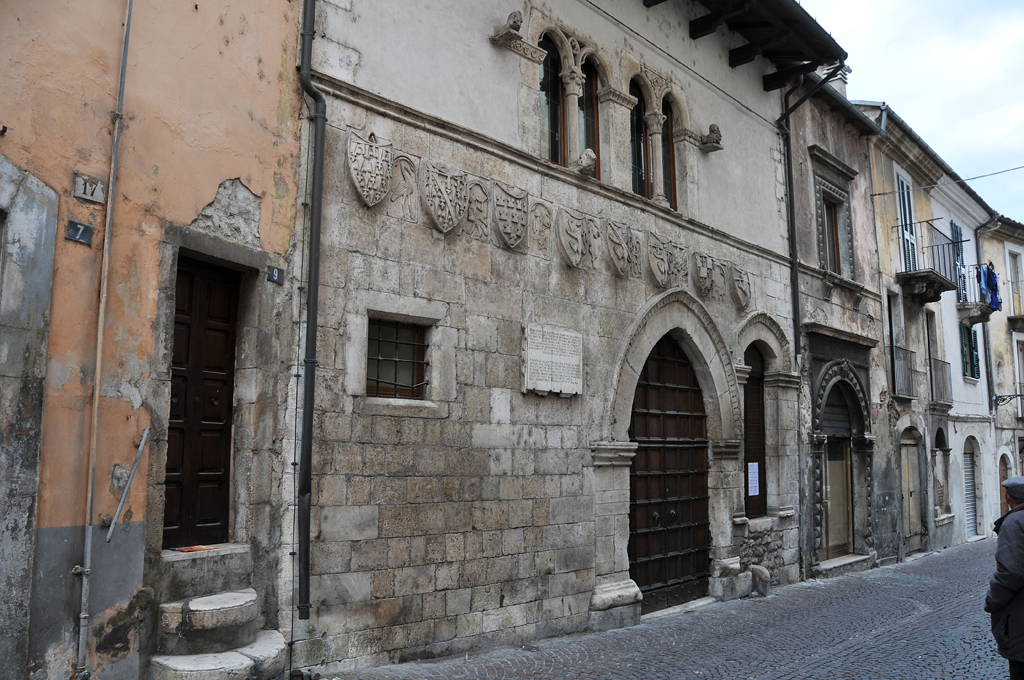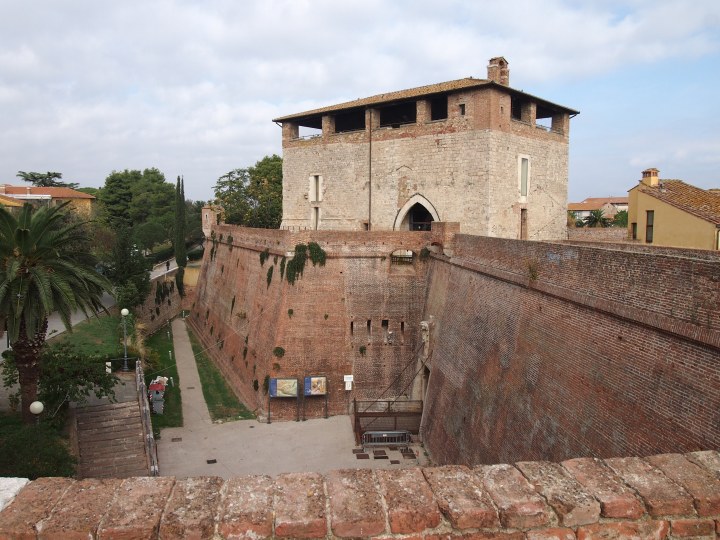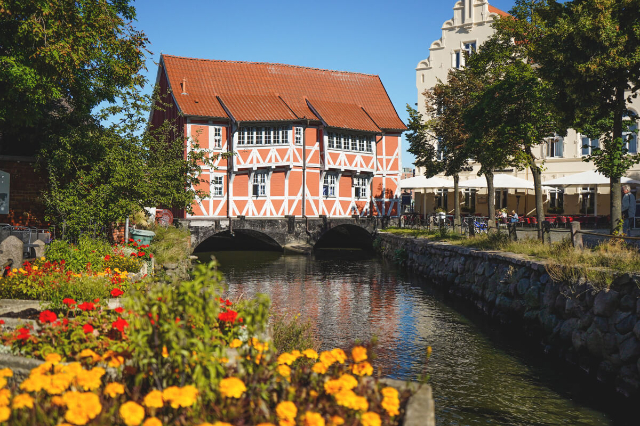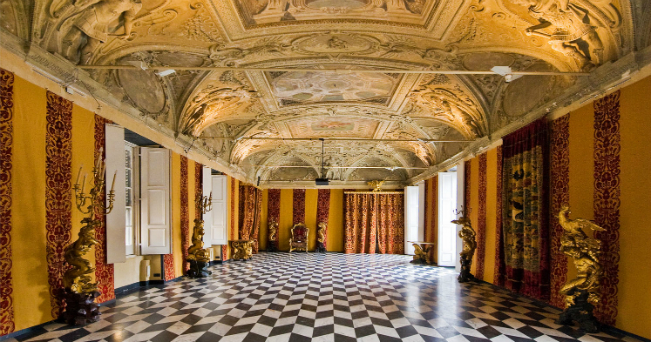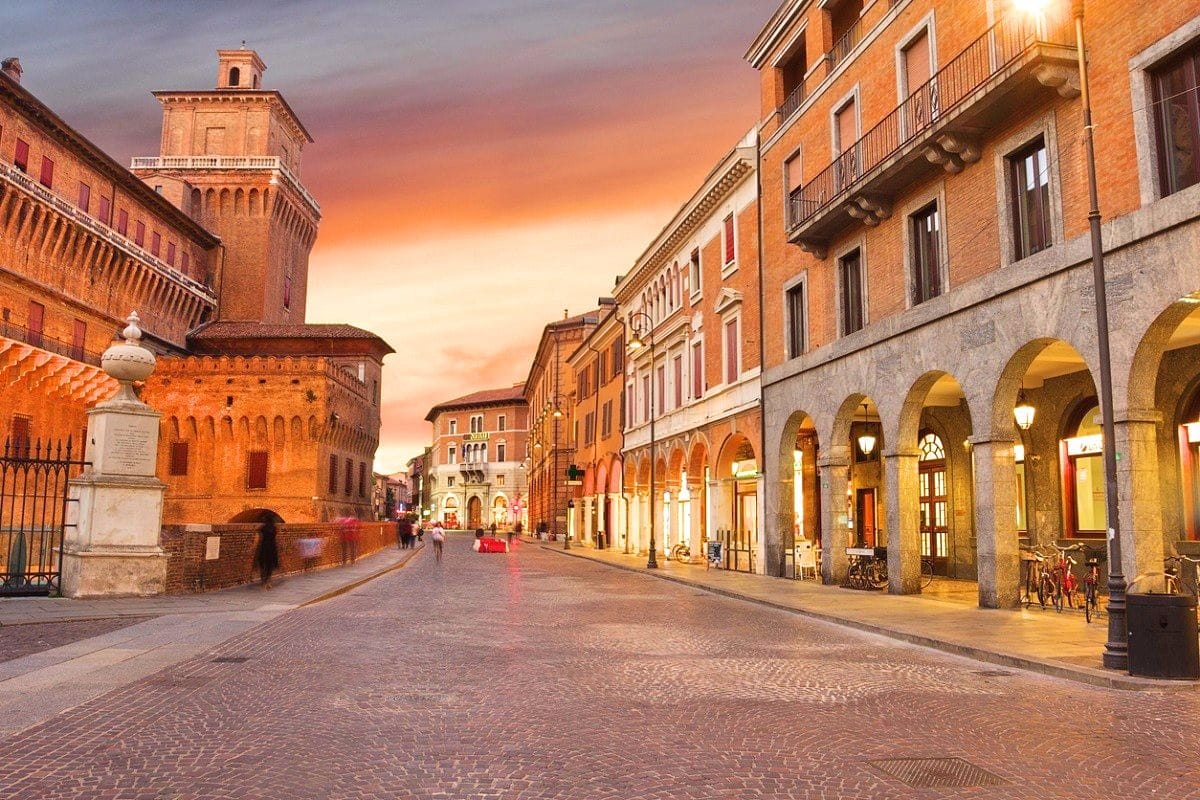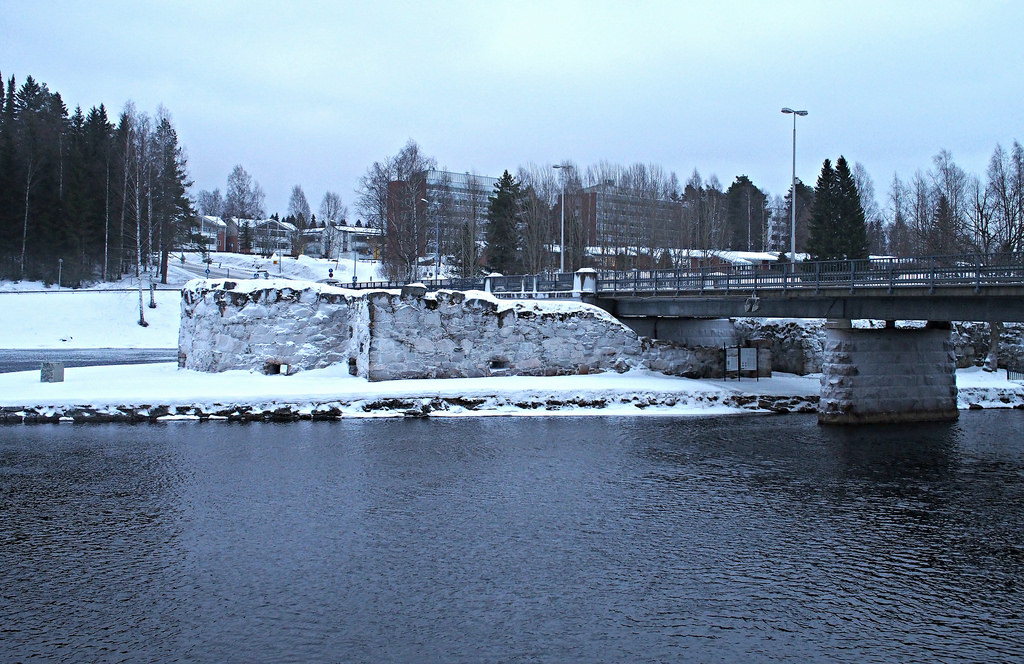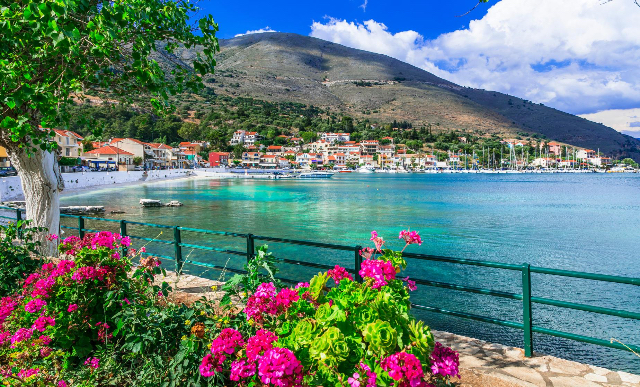Built by the Duke of Popoli, Giovanni Cantelmo, between 1333 and 1337, the Taverna Ducale is a rare example of medieval civil architecture in Abruzzo. The external façade, made of squared ashlars of limestone up to the height of the stringcourse, is admirable and is characterized by the mullioned windows, the ogive portal and the sequence of coats of arms showing heraldic elements related to the Angevins, the Cantelmo and other families linked to the Lords of Popoli, alternating with other coats of arms in bas-relief with fantastic figures.
While highlighting the typical structure of the workshop house, it was used for the collection and deposit of tithes, as a sort of bank counter linked to the flourishing economy of transhumance. Later it became "Taberna" for the possibility given to wayfarers to refresh themselves and stay overnight. Today it houses a small Antiquarium, which displays a collection of stone materials from the surrounding area. Among the artefacts there are two headless statues from Roman times in limestone, a pagan altar from the 1st century A.D., a fragment of an epigraph from the 1st century A.D.; a limestone stele, datable between the 1st and 2nd century A.D.. Also on display are a 16th century column adorned with an Ionic capital with an anthropomorphic figure and phytomorphic motifs below, two large corbels and an inscription of 1519, relative to Giovannella Carafa’s wool mill, from the adjacent Palazzo Forniti and two bas-reliefs, dating back to the 16th century and depicting the Almighty and the Annunziante Angel respectively, which show in the sinuous form and drapery all the elegance of its workmanship.
The palace, located in the historical centre of a city with a tourist vocation, adjacent to the naturalistic area of the springs of the Pescara river and the archaeological and monumental area of Corfinio, also hosts temporary exhibitions and events and is a place of active and participated visits, open to all types of users and enjoyment.
